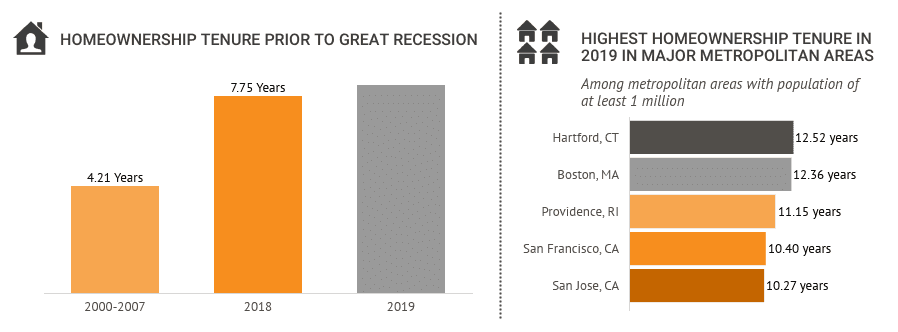It looks like you're new here. If you want to get involved, click one of these buttons!
@crash - it's not for everyone but
IOFIX - 1yr.: +18.29% although after last year there really wasn't much place to go but up.
YTD: +13.7%
Yield: 3.98%

Do not calculate in your Roth IRAs, but do include your Roth 401Ks as part of your RMD (though that portion would be tax free). Once the Roth 401K portion is distributed it loses it Roth status. All this can be avoided.As I understand the IRS instructions, you have to use the total amount of all your IRAs to calculate the RMD.
Avoiding Required Minimum Distributions from Roth 401(k)sYou can avoid having to take future RMDs from a Roth 401(k) by rolling the money over to a Roth IRA. Roth IRAs are not subject to required minimum distributions. If some of your money is in a Roth 401(k) and some is in a traditional 401(k), roll the traditional 401(k) money into a traditional IRA and the Roth 401K money into a Roth IRA to avoid any tax complications. “That will make record keeping a whole lot easier,” says Stuart Ritter, a certified financial planner with T. Rowe Price.
The only antecedent for "it" I can see is periodicity of purchases, so I'll infer that this continuum is the length of time between purchases.Why should rare years-apart purchases be included in widely impacting run-of-the-mill inflation calcs? ...
Do you disagree with the BLS for including the prices of new and used motor vehicles in its CPI calculations?
It's a continuum, arguable, debated, ...

© 2015 Mutual Fund Observer. All rights reserved.
© 2015 Mutual Fund Observer. All rights reserved. Powered by Vanilla